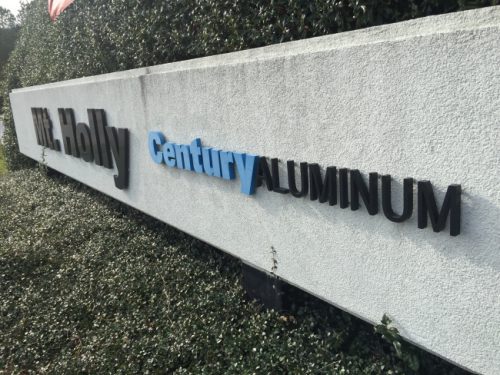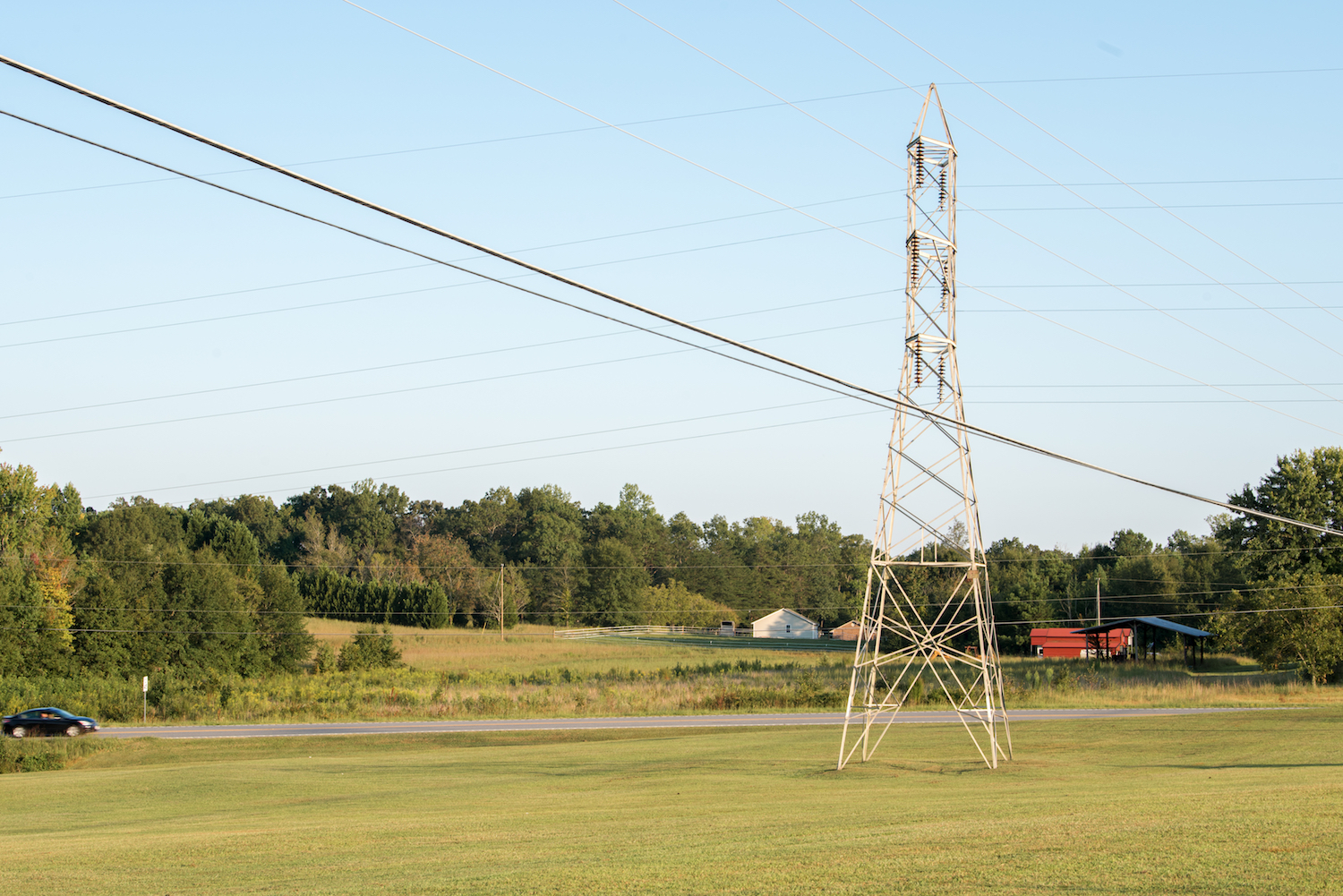Tale of the Century
In our comprehensive analysis of Santee Cooper published last year, we highlighted the saga of longsuffering Century Aluminum, a smelting operation located in Berkeley County that struggles with profitability because of the high electricity rates it is being charged by its territorial provider, Santee Cooper.
Century Aluminum (whom I remember as Alcoa Mt. Holly or Alumax), is a 5,000-acre plant that produces a high-grade aluminum billet. It opened near the Mt. Holly area of Berkeley County in the late 1970s. For a generation, the luring of the plant to the county was a huge point of pride for Santee Cooper, being featured in a number of its corporate publications, and with good reason. The plant is the most technologically sophisticated of its type in the country and produces 231,000 metric tons per annum.
But, the aluminum manufacturing process at Century is extremely electricity dependent, requiring at full capacity 400 megawatts of electricity per year. That level of use (400 megawatts would power 80,000 homes) means that electricity is about 40% of the cost of operating the plant, its single highest expense. Use of that level makes the business-utility relationship of paramount importance.
But Century’s relationship with Santee Cooper has been souring for years.
In 2015, unable to reach an agreement on rates, Century was forced to lay off half of its 600-person workforce. Eventually, Century was able to negotiate and later extend to 2020 a deal where it could purchase 75% of its power from a third party and 25% from Santee Cooper. The cheaper, natural gas-produced power bought on the open market is “wheeled in” using Santee Cooper lines at competitive prices, which is great. But the remainder of the power purchased from Santee Cooper costs Century nearly double the price. That’s why even with Trump trade policies that have assisted domestic aluminum, the workforce remains about half of its original size.
Concerned about its viability, Century Aluminum has sought to buy 100% of that less expensive electricity on the open market like it does in Kentucky. Santee Cooper has rejected the idea, arguing that “wheeling in”* 100% of power to the plant using its lines (even for a fee) would overtax its network and in essence force its other retail, residential and industrial customers to subsidize Century. At loggerheads, Century has tried nearly every tool in the toolbox without success, including suing Santee Cooper for failing to meet its economic duty and seeking legislation at the General Assembly.
Notice we said, “nearly every tool.” There is one more. Century could find an electric utility other than Santee Cooper that could legally serve the plant.
But who could legally serve the plant? There’s really only one option: a municipality. And Goose Creek, South Carolina’s eighth largest city (population 43,000) is very interested in starting up an electric utility and annexing Century and surrounding areas. In fact, if the ordinance setting up the municipal utility receives all the required readings in the coming weeks, citizens of the town will vote in a December 3 referendum on whether to become that state’s 22nd city government with an electric utility.
It is too bad that Century Aluminum had nowhere else to turn but to another government entity. Buying 100% of its electricity on the open market on a competitive basis would have been preferable. But you have to admire Century’s spunk, and willingness to take aggressive measures for the privilege of staying in South Carolina.
Photo: WCBD News
*Wheeling is defined by the US Energy Information Administration as “the movement of electricity from one system to another over transmission facilities of interconnecting systems.”





